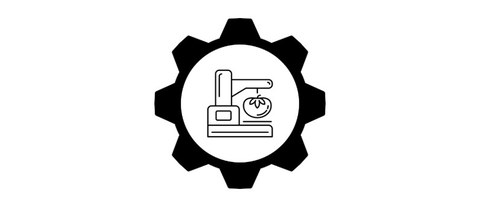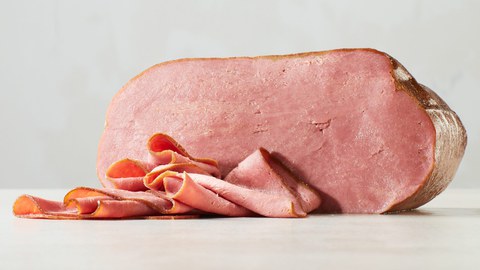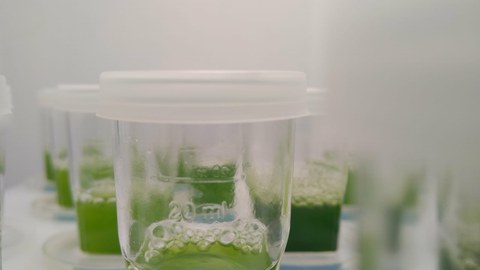Sensory and instrumental analysis
Human dietary behavior is significantly influenced by sensory perceptions during food consumption. Food sensory studies focus on the perception of these properties through the human senses. A wide range of experimental methods exists to capture, verbalize, and quantify these perceptions, with results often depending on the chosen method and the interpretation of the statistical analysis.
In the future, we aim to increasingly replace complex sensory analyses with instrumental analytics. This involves the use of material characterization techniques such as rheology, tribology, and texture analysis, which provide more objective, precise, and reproducible data. By employing these instrumental methods, we seek to improve the efficiency and accuracy of food analysis and enhance our ability to predict sensory perceptions.
Recently finished projects:
-
COSUS - Understanding barriers and facilitators for acceptance of visually suboptimal foods (2014 - 2017)
-
DEDIPAC - Determinants Of Diet And Physical Activity (2013 - 2016)
- Healthy nutrition and food choice (2010 - 2013)
An overview of all current and completed projects can be found here.




